The 21st century has brought recent trends of many people following diet-based meal plans and leaving behind the idea of eating whatever, whenever. If you suffer from sensitivity towards certain foods, e.g., gluten, and want to switch to a keto diet, there are questions you'll need the answer to first.
Alternatively, even if you're not gluten intolerant, knowing what you can and cannot eat on your new diet is undoubtedly beneficial. Continue reading for the ultimate guide to everything related to gluten on a keto diet.
Ketogenic Diet- An Introduction
A ketogenic diet is essentially a diet that consists of the highest amount of fat consumption, moderate intake of proteins, and low intake of carbohydrates in your diet. While there are various keto diet categories, the most commonly followed and studied is the standard ketogenic diet (SKD).
Other types include Cyclical Ketogenic Diet, Targeted Ketogenic Diet, and High Protein Ketogenic Diet. Since many ketogenic dieters stick to the standard version, we'll discuss that. The standard Ketogenic diet divided the daily intake into percentages of fat at 70%, protein at 20%, and carbs at 10%.
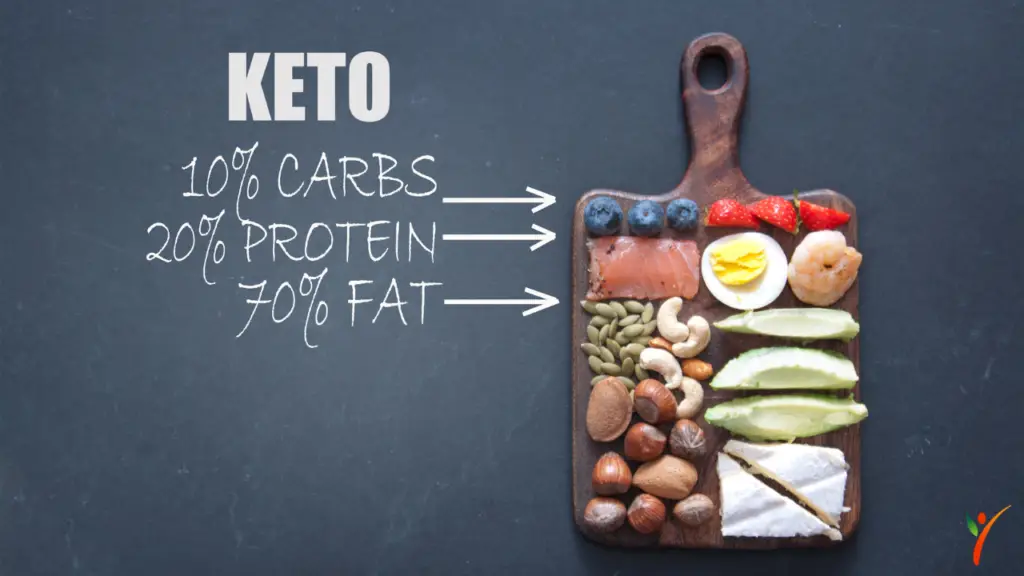
The primary concept behind a ketogenic diet is the metabolic function of ‘ketosis' in the body. Ketosis, in simple words, is diverting the body's central energy source from glucose to fats. Once you shift your diet to more fatty foods, the body's glucose production is automatically decreased. As a result, the body starts to make ketones in the liver to fulfill the body's energy supply requirement.
Carbohydrates are the fundamental nutrient in foods that produces mass amounts of glucose in the body. It's why a ketogenic diet limits the daily carb intake to 20-50 grams. Protein should be limited to around 50-90 grams daily since excess protein leads to glucose production in the body too.
Gluten & A Gluten-Free Diet
Grains, including wheat, barley, rye, and spelt, contain a protein known as gluten. This protein is usually harmless and is only a nutritional component of these foods. For those suffering from celiac or gluten sensitivity, which has been on the rise, especially in the last few years, gluten causes havoc inside the body.
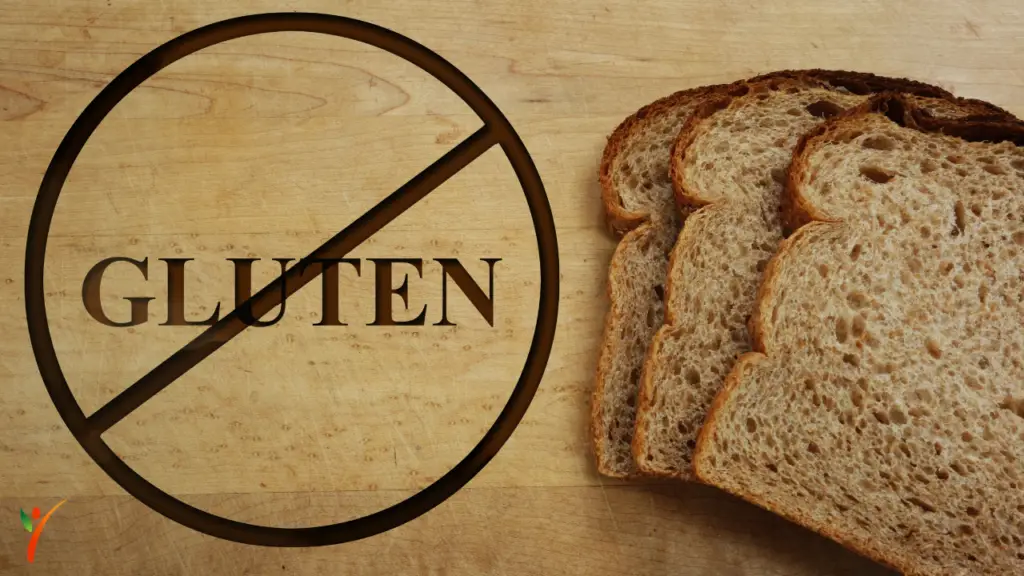
Celiac and gluten-sensitive individuals generally adopt a gluten-free diet to eliminate gluten-containing grains from their diet to ease the symptoms. A gluten-free diet has numerous advantages for those who don't have celiac or non-celiac sensitivity as long as the daily nutritional requirement is met. Gluten-free dieters exclude grain products, e.g., bread, pasta, and cereal, alongside any other products that may contain gluten, especially processed foods.
Gluten & Ketogenic Diet- The Connection
We'll make this simple for you- a ketogenic diet is often assumed as a gluten-free diet, but that's not the actual case. The idea is that the basics for any ketogenic diet are to limit carb intake. Now, usual staple foods that have spiking levels of carbohydrates in them also contain gluten.
In other words, staple items made from grains, such as bread, pasta, cereal, baked goods, etc., have increased gluten content. Therefore, you'll have to eliminate almost all grain-based foods from your diet when switching to a keto diet. While the ketogenic diet allows 5-10% daily carb intake, even a single serving of the foods containing grains exceeds that limit. Therefore, the common interpretation is that you spontaneously eliminate grains, and therefore gluten, from your diet once you go on a keto diet.
Does Keto-Friendly Mean Gluten-Free?
Moving on to the facts, again, a keto diet does not confirm a gluten-free diet. Nor are you obligated to follow a gluten-free regime on a keto diet if you don't have to. A keto-friendly diet can consist of gluten-containing grains as long as they don't cross the carb limit.
Examples of gluten grains that are actually keto-friendly include barley, bulgar, spelt, couscous, and oats. Spelt is an ancient wheat crop, while bulgar and couscous are products of wheat.
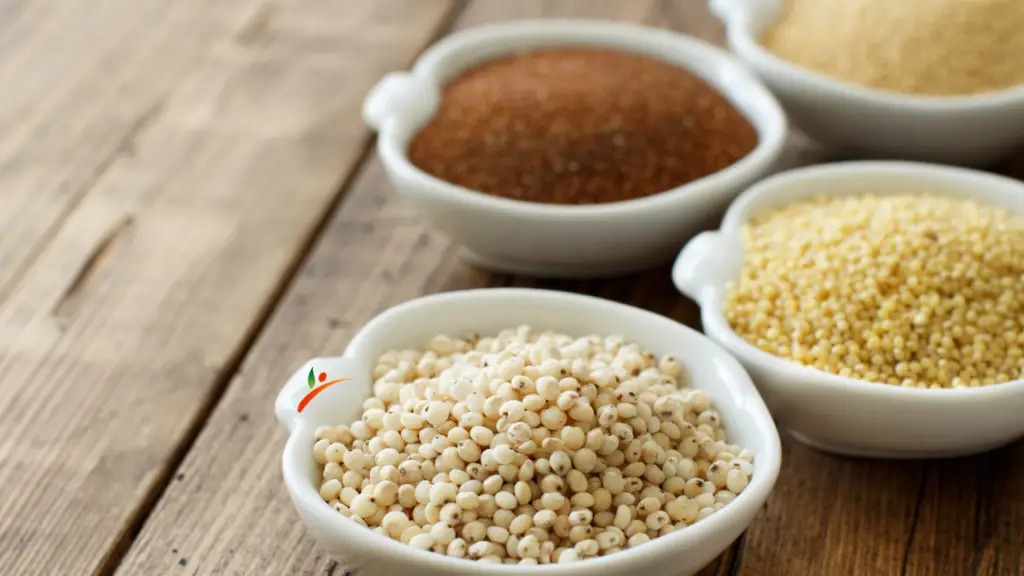
Oats are difficult, but those on a gluten-free diet need to avoid them due to high cross-contamination risks if the manufacturer doesn't specifically label them GF. Besides grains, other products that consist of gluten can be eaten on a keto diet. These include condiments, e.g., soy sauce, salad dressings, soups, processed cheese, etc.
If a portion of processed food is not specifically GF labeled, it's always at a risk of cross-contamination. In short, keto dieters can still eat a variety of foods that do contain gluten. Hence, a keto diet or keto-friendly food does not equal gluten-free every time.
Does Gluten-Free Mean Keto-Friendly?
If you're taking out the gluten-containing high-carb foods from your diet, the rest is good to go, right? The reality is a split image to this misinterpretation; gluten-free food is not a verification of it being keto-friendly. Many gluten-free food items, especially processed ingredients, contain an alarming amount of carbs.
A ketogenic diet is all about restricting carbs, even if they come from healthy sources such as fruits and vegetables. For example, cooked kidney beans contain 20 grams of total carbs per ½ cup, brown rice is 23 grams per 100 grams serving, and a sweet potato has 20 grams of carbs per 100 grams.

Gluten-free foods, including gluten-free flour versions, eliminate gluten, but some of these are not ideal for keto dieters. Next time you're buying food from the gluten-free section at the store when on a keto diet, read the amount of carbs per serving on the nutritional label. Most of the time, you'll see your gluten-free choices increasingly high in carbs; substitute these for low-carb options.
Choosing Between Keto Diet or Gluten-Free
Choosing between going on a keto diet or going gluten-free is mainly a matter of your own health and what you aim to accomplish. Each of these diets come with their own list of advantages, and their combination, while unnecessary, can become a great choice in terms of a healthy lifestyle. It's essential to understand that following a ketogenic diet is a choice, while gluten-free diets are unavoidable for gluten intolerant individuals.
Studies prove several health benefits from following a keto diet for a few months. The typical health benefit observed within only 2-3 weeks of following a keto diet is decreased appetite and significant weight loss.
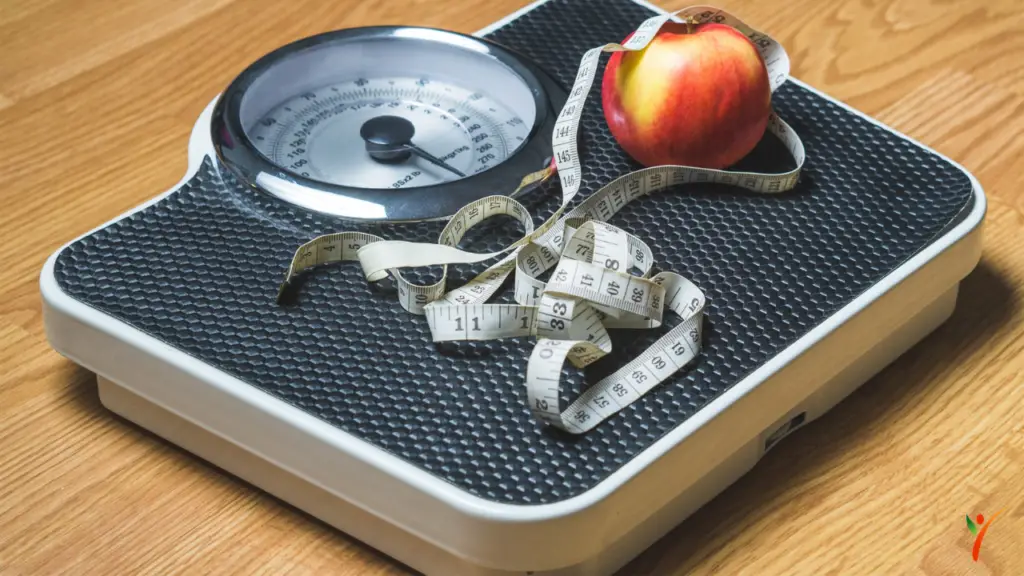
An increased amount of carbs in your diet is the reason for excessive production of LDL, or bad cholesterol, in the body that leads to cardiovascular diseases. A keto diet focuses on fat intake while limiting carbs, decreasing LDL, and promoting HDL, i.e., good cholesterol, in the body.
Additionally, since carbs are the main source of glucose production in the body, diabetic patients who need to control their blood glucose find this diet helpful. Although, talk to a doctor before you switch to a low-carb diet if you have diabetes because you'll have to manage your insulin dosage accordingly.
Gluten-Free Diet
A gluten-free diet, on the other hand, still has many controversial views surrounding it. Nutritionists warn that following a strict gluten-free diet may lead to nutritional deficiencies and lack of fiber. For celiac and gluten-sensitive individuals, a gluten-free diet is the only possible treatment for their conditions.
Celiac disease is an autoimmune disease where the body cannot absorb gluten particles, and it ends up attacking the intestines. Non-celiac sensitivity hasn't been studied as extensively yet—many people claim to have digestive symptoms with gluten consumption that are eased after switching to a gluten-free diet. Besides gluten intolerance, a gluten-free diet also shows positive results for anyone suffering from IBS and general gastrointestinal problems.
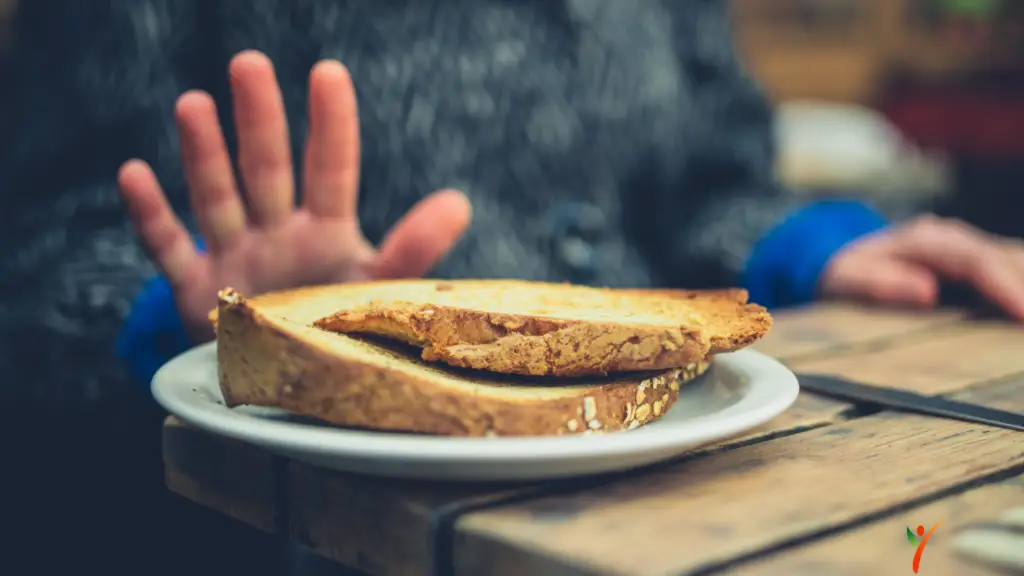
In the end, whichever diet you choose, or whether it's both, depends on your choices and health. A gluten-free diet is a compulsion for some, but a keto diet isn't. If you're already gluten-free and want to see the benefits of a keto diet simultaneously, you can gradually add keto-friendly meal plans to your routine and eliminate foods that disrupt it.
Meanwhile, you don't necessarily have to give up all carbs if you're gluten-free but don't want to go on a keto diet. Similarly, a keto dieter won't have to leave all forms of gluten behind when following the diet.
Gluten-Free, Not Keto-Friendly
We've discussed how gluten-free flours don't put a guaranteed label on them for being keto-friendly. The following are a few gluten-free flours, the number of carbs they contain, and the daily value according to a standard keto diet (50g of carbs per day). They are considered high-carb flours that can easily make your limited carb requirement on a keto diet exceed the daily intake.
| Gluten-Free Flours | Total Carbohydrates | Daily Value (As Per Keto Diet) |
| Corn Flour (1/4 cup) | 29 g | 58% |
| Quinoa Flour (1/4 cup) | 23 g | 46% |
| Rice Flour (1/4 cup) | 32 g | 64% |
| Tapioca flour (1/4 cup) | 26 g | 52% |
| Potato Starch (1/4 cup) | 33 g | 66% |
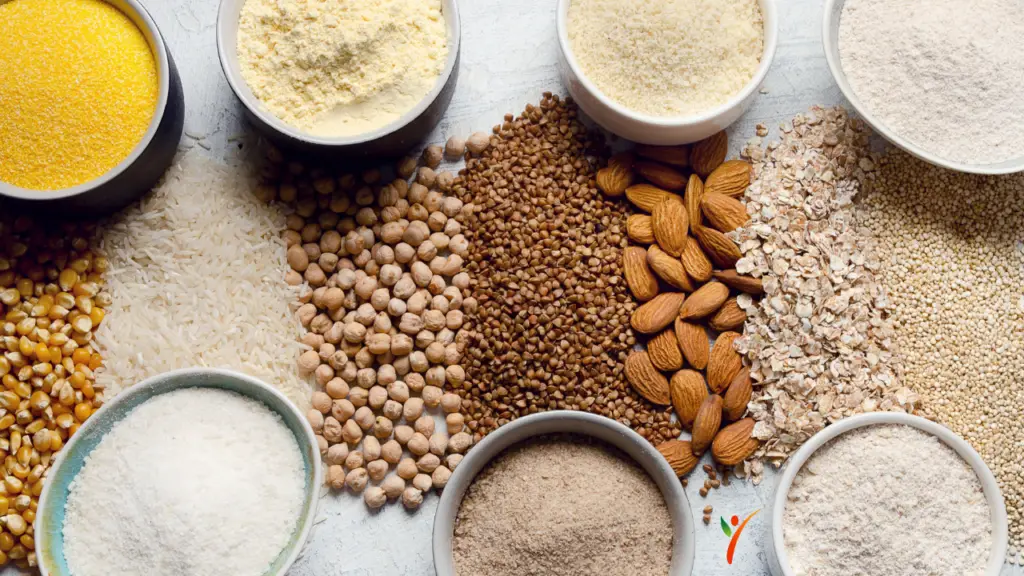
Gluten-Free AND Keto-Friendly Flours
Gluten-free flours are not always keto-friendly. So, if you're someone who already lives a gluten-free lifestyle and is planning to shift to a keto diet too, what can you do? You opt for gluten-free flour choices that are keto-friendly, too, of course. Here are a few gluten-free flours and substitutes that are ideal choices on a keto diet due to their low-carb consistency and are gluten-free.
| Ingredient | Total Carbohydrates | Daily Value (As Per Keto Diet) |
| Almond Flour (1/4 cup) | 6 g | 12% |
| Coconut Flour (1/4 cup) | 16 g | 32% |
| Flax Meal (1/4 cup) | 14 g | 28% |
| Psyllium Husk (1/4 cup) | 13 g | 26% |
Foods You Should & Shouldn't Eat on a Gluten-Friendly Keto Diet
A diet doesn't revolve around types of flours and the recipes made from them only; there's much more to the world of food. But, with these countless food varieties, how do you decide what you can and cannot eat when on a gluten-free and keto diet? A simple technique to do this to divide them into categories. First, let's discuss what you need to avoid.
Foods to Avoid
Refined Grains:
The primary ingredient that is a no-go on both diets, refined grains. Exclude wheat, barley, rye, and spelt, from your diet. Use low-carb, gluten-free substitutes instead. Other than their keto-friendly and gluten-free nature, these flours are better for your health than refined wheat flour.
Processed Foods:
Anything that comes out of a factory, no matter how ‘healthy' the products, is manufactured. Limit your intake of processed foods, and while it can't be helped at times, take out the highly processed foods from your kitchen. Choose their raw, fresh ingredients instead. Examples of highly processed foods include frozen meals, bakery products, processed meats, snacks, etc.

Sugar:
Foods and drinks with a high amount of sugar are not a viable option on either of these diets. If you need an extra reason to avoid sugar, it's extremely harmful to your body, especially in large quantities. Sugar includes white sugar, brown sugar, honey, maple syrup, agave nectar, etc., but also soft drinks, candies, snacks, ice cream, and more.
Starchy Vegetables:
Don't get us wrong, vegetables are great for you to maintain a healthy body! And, what's better than adding vegetables to your diet when going gluten-free to fulfill the nutritional requirement? The keto diet requires the elimination of starchy vegetables since they have a high amount of carbs. Examples of starchy vegetables are peas, potatoes, corn, etc.
Foods to Eat
Seafood:
Consider seafood as your best friend in a ketogenic diet. Seafood is rich in nutrients, including vitamins and minerals, but is simultaneously low in carbs. But, seafood varieties vary in net carb value, so you'll have to check the number of carbs you're eating in a single serving of seafood. Generally, shrimp, crab, mussels, oysters, squid, and salmon are very low on carb value.
Meat and Poultry:
The addition of meat and poultry in a gluten-free ketogenic diet may not surprise you. You can try countless recipes with meat and poultry as a staple ingredient for each or a combination of these two diets. Whether you prefer chicken or you're more of a red meat person, this food is gluten-free and has zero carbs.
Non-Starchy Vegetables:
All vegetables are gluten-free, but all vegetables are not keto-friendly. Unlike starchy vegetables, you should be adding non-starchy vegetables to your diet to fulfill your daily nutritional requirement with healthy food sources. Try using broccoli, cabbage, cauliflower, carrots, tomatoes, asparagus, avocado, spinach, cucumber, eggplant, or zucchini, as a few examples of non-starchy vegetables the next time you decide to experiment in the kitchen.
Cheese:
Natural cheese, without too much processing, is gluten-free. While there are many types of cheese you can choose from, almost all are low-carb but high in fats. Ultimately, this means that cheese may be the perfect ingredient in your gluten-free keto diet. Brie, cheddar, cream cheese, cottage cheese, goat cheese, mozzarella, parmesan, provolone, romano, and swiss are just a few examples of cheese you can add to the diet. On a gluten-free diet, double-check that the cheese does not come at the risk of cross-contamination.
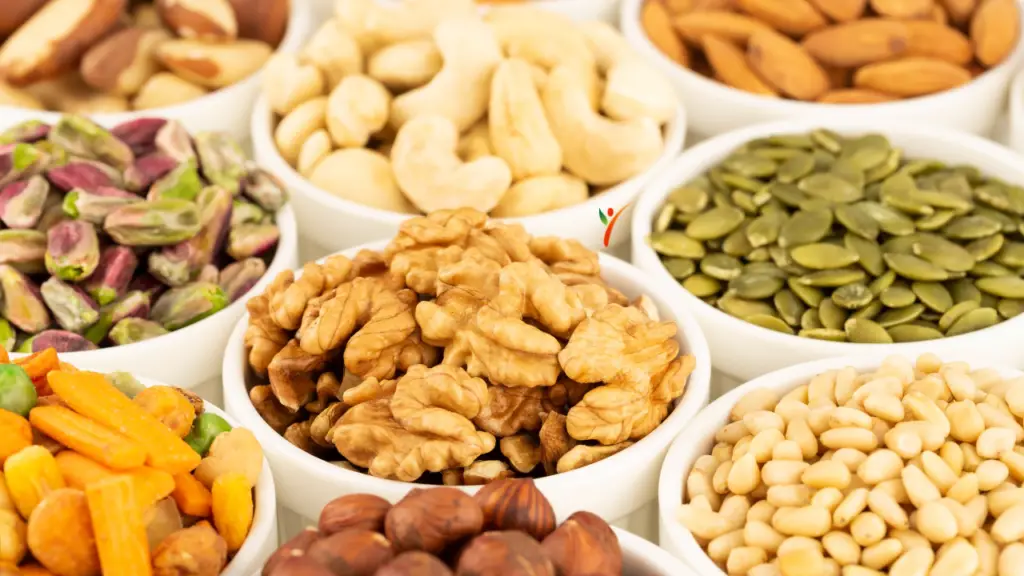
Nuts and Seeds:
Nuts and seeds are high-fat alongside having minimal carbs. Besides being a considerable choice for a gluten-free and keto diet, nuts and seeds have many health benefits. Additionally, they reduce the chances of several diseases such as cardiovascular disease, type 2 diabetes, chronic diseases, cancer, depression, etc.
Berries:
Like vegetables, most fruits are high in carbs, too, which is why keto dieters avoid adding fruits to their daily diet. However, berries are an exception that are low-carb and protect against several diseases. All berries, including blackberries, blueberries, raspberries, and strawberries, are very low on carbs. For instance, blackberries have 16g, blueberries have 9g, raspberries have 6g, and strawberries have 7g per 100g serving.
Final Thoughts
Gluten is interconnected with every diet you can think of. You can't escape it. In the end, the choice is yours on whether or not you want gluten to become a part of your new diet if you're not gluten intolerant.
If you exclude it, take precautions on the gluten-content of foods and choose healthy sources instead of artificial or processed foods.






